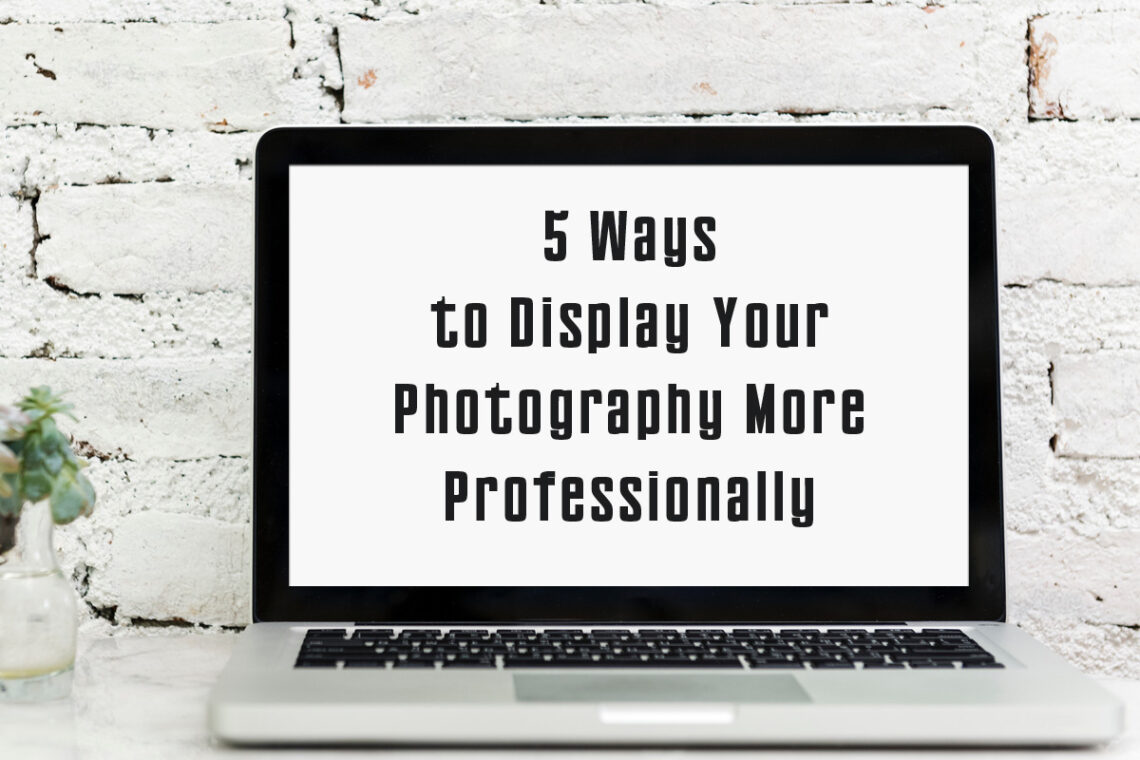You spend endless hours waiting for the perfect photo. Waiting for the perfect light. And then snap! One moment. One perfect combination of light, shadow, and a whole lot of patience has paid off. You’ve captured a fantastic shot.
Now it’s time to head back to the studio. You spend more hours editing, removing the minor imperfections. You’re ecstatic with the result and feeling content with the time it has taken. You’re excited to add this latest shot to your website for the world to see. It’s quick and easy. You made sure of that when you built your website. But then it hits you, like a boot to the ribs:
Your photo looks terrible when it’s added to your website.
It’s not the photo, as it looks great on your camera and in your editor. It’s the website. It just doesn’t do it justice. Like a product in a poorly designed display window, This excellent photo is ruined by its framing.
But don’t despair, because today we discuss five ways to help you display your photography more professionally on your website, ensuring your photos are perfectly complemented and supported by their surroundings.
Fullscreen Photography On Mobile Devices
The percentage of people browsing the Internet using a mobile device (smartphone or tablet) is increasing. On most websites, at least 50% of visitors are using a mobile device now. It’s therefore crucial your photos look their best across all devices. With this in mind, we recommend ensuring your photos are displayed at 100% width to ensure they cover the whole screen, helping you to maximize the available retail space on these small screens.
Mobile Specific Images
While it’s crucial to ensure your photos are large enough to look perfect across mobile devices, as discussed above, it’s also important to ensure we strike a balance between image quality and page load time. Those browsing on mobile devices are more likely to have data and speed constraints, so we therefore recommend displaying a lower quality image (and therefore faster to load) on mobile devices by using the HTML tag.
Remember Captions and Alternative Text
It’s important to caption your images and always use descriptive alternative (“alt”) text. Not only does this help your website visitors, especially those with accessibility needs such as visual impairment, but it also pleases search engines and therefore helps improve your search engine rankings.
Ensure Contrast is High
Take a great photo and place it on a black and white backgrounds. Then compare. You’ll find your photo usually looks much better on the darker black background as there is a higher contrast between the photo and its setting. We recommend using a dark color scheme on your website, or at the very least, position photos inside a thick black border to help offset them from the rest of your content.
Offer High Resolution Images
You may worry about the risk of theft when offering high quality images on your website. However, your visitors are there to view your photography at its very best, and this means offering high resolution photography. Ensure you watermark your photos, too.
Wrapping Up
Using the simple steps above, you can be confident that the hard work of waiting for, taking, and editing your photos will no longer be ruined when you upload them to your website. Instead, your website will bring out the very best in your photography and truly show off your photographic talent.

